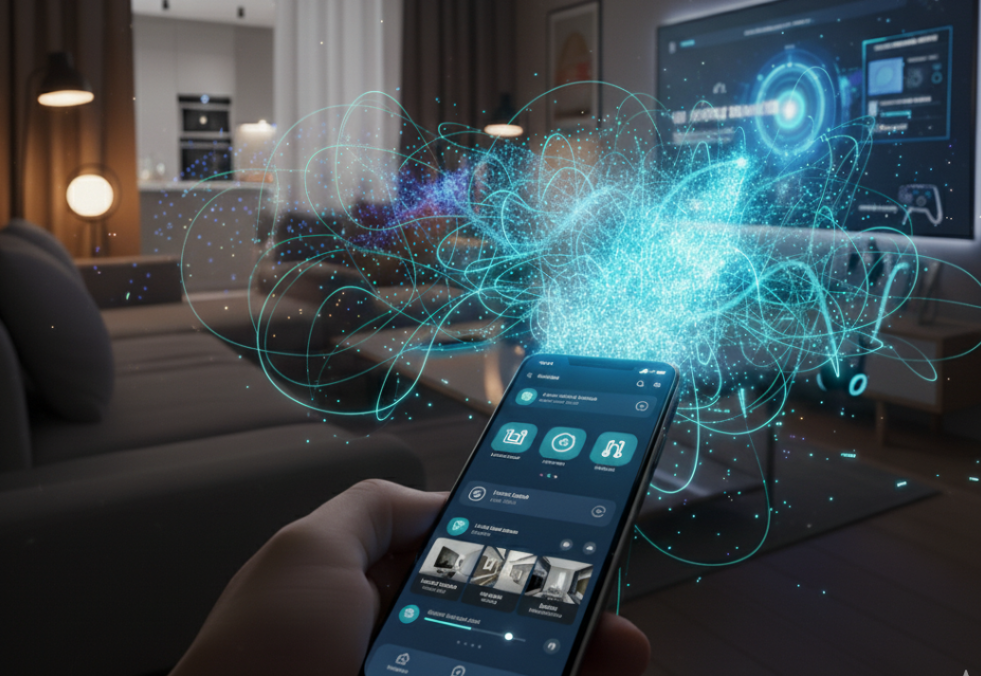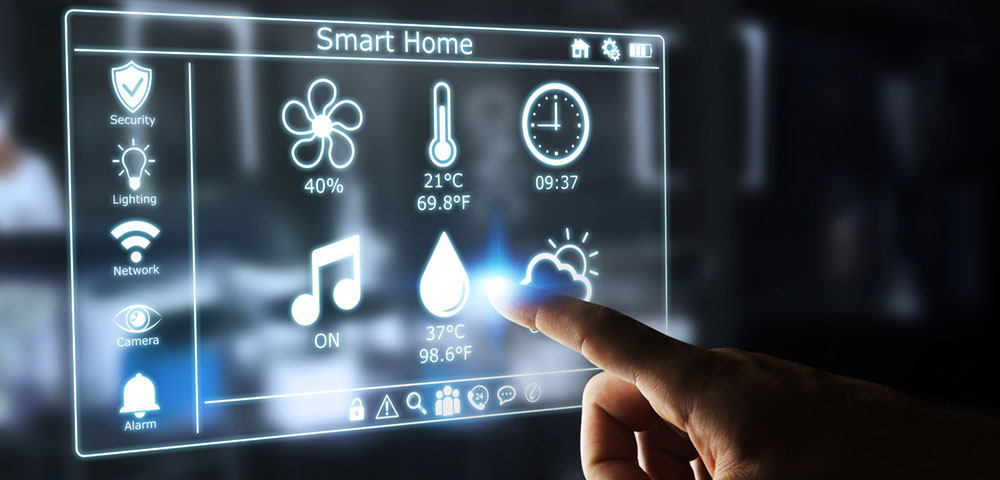
Automating Tasks – How Remote Systems Work Without Human Help

Dial Chowdhury
06 November 2025 . 7 Minute Read
Introduction
In today’s fast-paced world, machines are increasingly performing tasks on their own — without direct human control. From rice mills in rural Bangladesh to smart water tanks in Dhaka apartments, automation is quietly transforming daily life. These systems reduce human workload, save valuable time, and improve operational accuracy.
But how exactly do these systems function without someone pressing buttons or constantly monitoring? The answer lies in automated control systems that rely on sensors, logic controllers, and pre-programmed instructions to make independent decisions.
In this blog, we’ll explore how such systems are designed to work automatically and look at real-life Bangladeshi examples that showcase this transformation.
⚙️ Theoretical Framework: Understanding Full Automation
Automation refers to the use of technology to perform tasks with little or no human intervention. When a system operates independently, it can sense, think, and act — a process often summarized as the Sense–Think–Act model:
-
Sense: Sensors detect environmental data like temperature, motion, light, or water level.
-
Think: A controller (like a microcontroller or PLC) processes this data and makes logical decisions.
-
Act: Actuators, motors, or alarms execute the response action.
This cycle repeats automatically, allowing machines to respond intelligently to their surroundings — forming the foundation of modern automation systems.
🛠️ Tools and Methods: How Fully Automated Systems Work
Automation depends on several interconnected components that work together to make systems self-sufficient:
1. Sensors — The Eyes and Ears
Sensors collect input from the environment and send it to the controller.
Common examples include:
-
Infrared Sensors: Detect motion (used in automatic lights and security).
-
Temperature Sensors: Control fans or air conditioners.
-
Ultrasonic Sensors: Measure distance or fluid levels (used in water tanks).
-
Gas Sensors: Detect leaks in homes and factories.
2. Controllers and Microprocessors — The Brain
Devices like Arduino, Raspberry Pi, or PLC (Programmable Logic Controller) analyze input signals and make decisions.
-
Arduino Uno: Ideal for student projects and small home systems.
-
PLCs: Used in the garment and power industries for precision control.
3. Actuators — The Muscles
Actuators convert control signals into actions:
-
Relays switch electrical devices on/off.
-
Motors move gates or pumps.
-
Buzzers and Displays provide alerts and notifications.
4. Logic and Coding — The Mind
Automation follows coded logic, such as:
-
“If temperature > 30°C → Turn on the fan.”
-
“If motion is detected at night → Turn on the light.”
Coding languages like C/C++ (Arduino) or Ladder Logic (PLC) define this behavior.
5. Power and Connectivity — The Lifeline
Reliable power and communication are essential.
In rural Bangladesh, solar-powered systems support irrigation automation, while Wi-Fi and GSM modules enable remote monitoring and control through mobile apps.
🌾 Applications: Real-Life Automation Examples in Bangladesh
🌱 1. Automated Irrigation Systems (Rajshahi, Rangpur)
Soil moisture sensors detect dryness and automatically activate water pumps.
Solar-powered controllers make irrigation sustainable, reducing the need for farmers’ physical presence.
🏠 2. Smart Water Tank Systems (Dhaka Homes)
Sensors detect water levels and start or stop motors automatically, preventing overflow and saving electricity.
🏭 3. Rice Mills and Agro-Processing (Jessore, Bogura)
Modern rice mills use temperature and moisture sensors to control drying and polishing — ensuring consistent quality without manual monitoring.
🚨 4. Fire Detection and Safety Systems
Heat and smoke sensors activate alarms and emergency lights instantly, providing early warnings even when buildings are empty.
💡 5. Smart Street Lights (Khulna, Pilot Projects)
Light sensors automatically turn street lights on at dusk and off at dawn — saving energy and operational costs.
🌟 Benefits of Full Automation
| Benefit | Description |
|---|---|
| 🕒 Time Efficiency | Operates continuously without human supervision. |
| 🧠 Accuracy | Eliminates human error through precise logic control. |
| 🔒 Safety | Responds immediately to hazards like gas leaks or fires. |
| 💰 Resource Saving | Uses water, power, and materials only when needed. |
| 🌞 Sustainability | Solar-powered systems aid rural productivity. |
🚀 Conclusion
Automation is no longer the future — it’s the present reality of Bangladesh. From smart homes in Dhaka to irrigation fields in Rajshahi, systems now sense, decide, and act independently.
For students, learning how automation works isn’t just about theory — it’s about preparing for the future of Smart Bangladesh 2041. By mastering sensors, coding, and controllers, you can create technologies that solve real community problems and make everyday life more efficient.
🧩 Practice Tasks for Students
1. Mini Project:
Build an automatic water tank controller using Arduino and an ultrasonic sensor.
2. Research Activity:
Interview a local farmer or factory technician using automation. Write a short report on how their system works.
3. Discussion Topic:
“Can fully automated systems replace humans in Bangladesh’s industries?”
4. Coding Challenge:
Write an Arduino program that turns on an LED when the light sensor detects darkness.
📘 Key Takeaways
-
Automation enables systems to perform tasks without human intervention using the Sense–Think–Act model.
-
Key technologies include sensors, controllers (Arduino, PLC), and actuators.
-
Bangladesh is implementing automation in agriculture, industry, and smart living.
-
Students can easily experiment with Arduino-based automation to prepare for future tech careers.
Recent blogs

06 November 2025
8 Min Read

06 November 2025
7 Min Read


